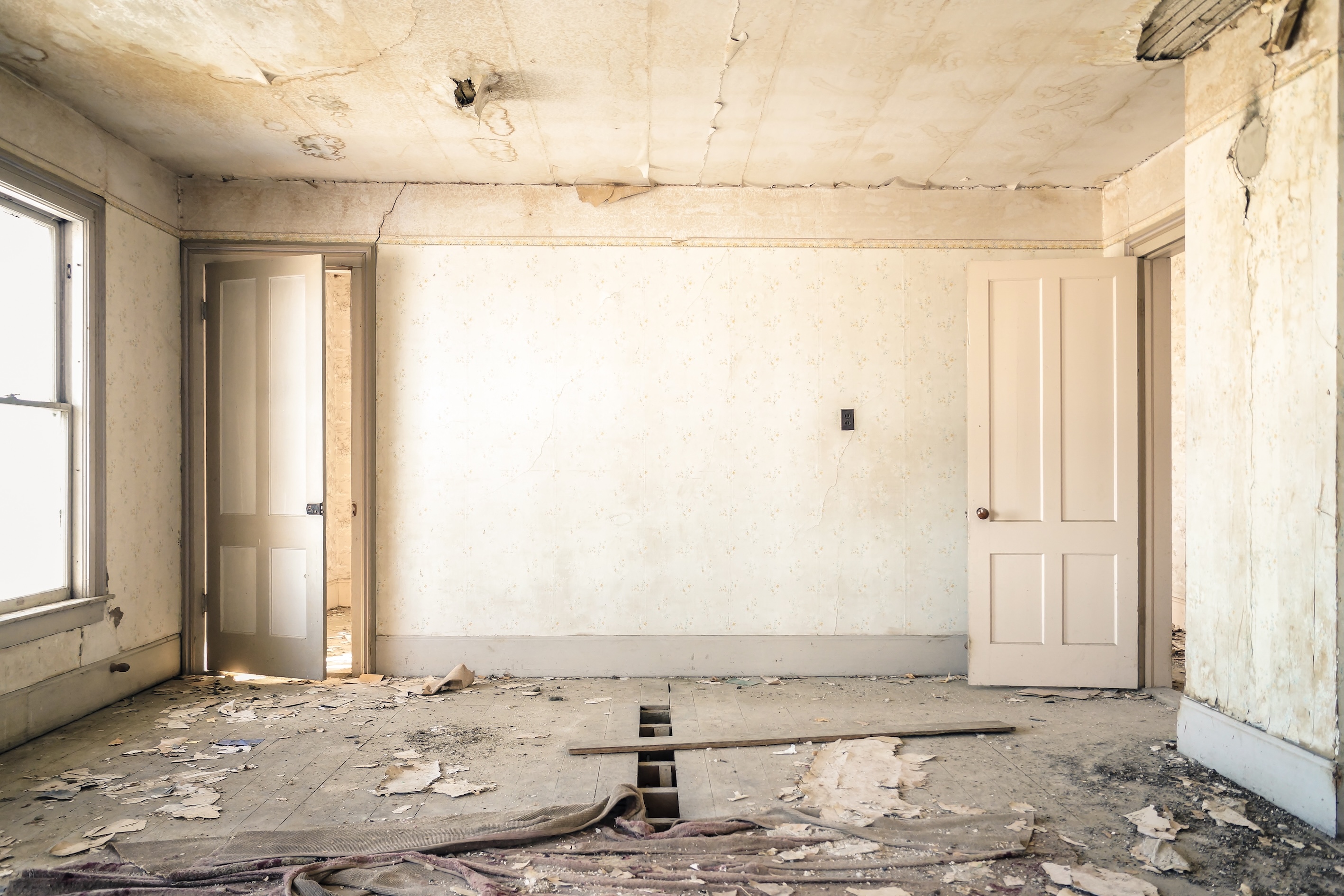Rising damp can be a significant concern for homeowners, particularly those with older properties. If you've noticed water marks on your walls, a musty smell, or any signs of moisture creeping up from the ground, you may be facing this issue. Here's a detailed guide to help you understand rising damp, its causes, effects, and how to address it effectively.
What's Rising Damp?
Rising damp occurs when groundwater moves upward through the porous materials of your walls, such as brick and mortar. This phenomenon is similar to how a sponge absorbs water. While moisture is a natural element of any structure, when it rises unchecked, it can lead to various problems within your home.
Causes of Rising Damp
Several factors contribute to rising damp:
1. Failed Damp Proof Course (DPC):
- The DPC is a vital barrier, typically made of plastic or bitumen, installed at the base of your walls to prevent moisture from rising. If it's damaged, missing, or improperly installed, it can allow water to penetrate.
2. Drainage Issues:
- Poor drainage around your home can lead to water pooling at the foundation. This excess moisture increases the risk of rising damp.
3. Location Matters:
- Homes situated near bodies of water or in low-lying areas are at a higher risk for rising damp due to the natural proximity to groundwater.
4. Soil Type:
- Certain soil types, particularly clay, retain moisture and can exacerbate rising damp conditions.
The Impact of Rising Damp
Ignoring rising damp can lead to severe consequences, including:
- Structural Damage: Prolonged exposure to moisture can weaken the integrity of your walls and foundation, leading to costly repairs.
- Mould Growth: Damp conditions are perfect for mould development, which can pose health risks to your family.
- Aesthetic Issues: Unsightly stains, peeling paint, and bubbling wallpaper can diminish the beauty of your home.
- Decreased Property Value: Rising damp can significantly affect your home’s market value, making it less appealing to potential buyers.
Signs of Rising Damp
Be vigilant for the following indicators:
- Dark Patches: Look for damp spots climbing up your walls.
- Bubbling or Peeling Paint: This often results from moisture behind the surface.
- White, Crusty Deposits: These are usually salt deposits left behind as water evaporates.
- Musty Odour: A persistent damp smell is a telltale sign of moisture issues.
- Softening Wood: Check trim and furniture for signs of rot or softness.
Addressing Rising Damp
Here’s a structured approach to resolving rising damp issues:
1. Assess and Repair the DPC:
- Check the condition of your damp proof course. If it’s compromised, consider replacing it to restore the barrier against moisture.
2. Improve Drainage:
- Ensure that gutters and downspouts direct water away from the foundation. Clear any blockages to prevent pooling.
3. Install Waterproof Membranes:
- In areas particularly prone to moisture, adding a waterproof membrane can provide extra protection for your walls.
4. Enhance Ventilation:
- Addressing airflow issues can help reduce moisture levels. Consider installing vents or using dehumidifiers to keep the air circulating.
5. Consult Professionals:
- If the problem persists or is extensive, it's wise to seek expert advice. Professionals can diagnose the issue accurately and recommend appropriate solutions.
Rising damp is a serious issue that should not be overlooked. Recognising the signs early and taking prompt action can save you from costly repairs and health risks. Every home is unique, so tailor your approach to your specific situation. When in doubt, seek professional assistance to ensure your home remains safe and dry. Your home—and your peace of mind—will greatly benefit from proactive measures against rising damp.



